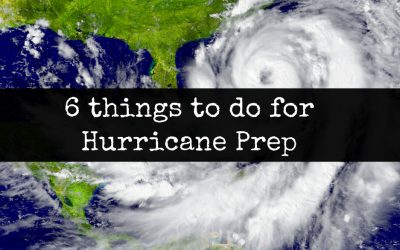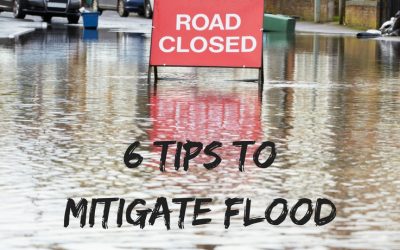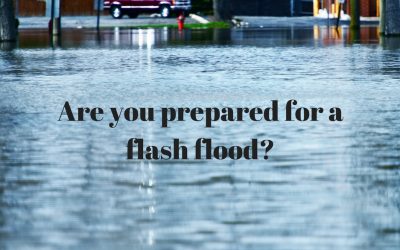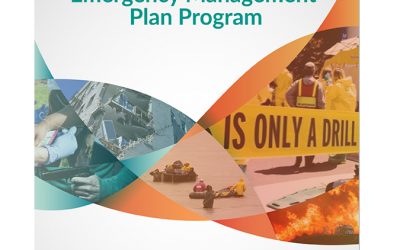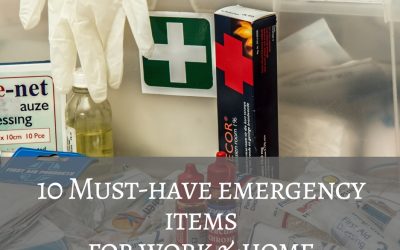Policies and Procedures play an important role for organizations by defining and guiding principles, providing detailed instructions for staff and creating operational infrastructure. Policies and Procedures are the operational foundation for all its business processes and clear policies define organization wide protocols that ensure that all staff function in a standardized and consistent way during a variety of situations.
In 2017, Centers for Medicare and Medicaid (CMS) established wide-ranging Emergency Preparedness (EP) requirements for 17 distinct healthcare providers including hospitals, skilled nursing facilities, home health providers, PACE Programs, Federally Qualified Health Centers and more. One essential element of these new regulations is the development of provider specific EP Policies and Procedures to support organizations as they prepare for both natural and man-made disasters. CMS requires specific healthcare providers to have varying numbers of Policies and Procedures depending upon the specific healthcare services that they provide. Healthcare providers serving medically fragile patients with high acuity levels. Skilled Nursing Facilities and Acute Care Hospitals require more P and P’s, with eight and nine respectively, while Federally Qualified Health Centers that serve healthier, more mobile patients are only required to have four.
Some Emergency Preparedness P and P’s required by CMS include, Safe Evacuation, Shelter in Place, Tracking Staff and Patients, Missing Resident Protocols and more. Each of these have a specific purpose and are tailored to support specific patient populations and their respective service needs. These 17 CMS healthcare providers support all patients across the “Continuum of Care” and tailored P and P’s ensure that organizations have proactive plans to support the patients within their specific healthcare settings. As all providers develop these same standardized Emergency Preparedness P and P’s, they are better able to serve their patients and communities at large throughout all care settings, thus increasing their overall capacity to respond to a disaster in an effective and timely manner.
These emergency preparedness Policies and Procedures mandated by CMS are designed to guide healthcare providers in all disaster related decisions and actions, and all activities take place within the boundaries set by them. Policies are principles, rules, and guidelines formulated by an organization to reach its long-term goals while Procedures are the specific methods used by organizations to implement policies in action in day-to-day operations of the organization. Together, Policies and Procedures ensure that a point of view held by an organization is translated into steps that result in an outcome compatible with that view.
The 4 P’s of EP Policies and Procedures
1. Purpose of a P and P? An effectively constructed policy and procedure will allow an organization to develop strategies to overcome specific operational challenges, target a solution using existing operational infrastructure and to enhance their capacity to react to a situation in a measured, planned and coordinated manner. P an P’s are essentially problem-solving tools that when codified in writing, will enhance your organization’s ability to respond to a situation effectively and with confidence.
2. What is a Policy? A policy is a statement of intent that guide organizational decisions to achieve stated outcomes and can be either mission or operationally driven. A policy incorporates ideas or plans that are used as a basis for making decisions, and are developed by a governing body within an organization. Policies are developed to solve a problem or describes a principal and lays the groundwork for both internal and external changes for an organization. Polices explain why organization’s plan and carry out a stated course of action.
3. What is a Procedure? A procedure is a detailed set of instructions for accomplishing a task or set of pre-planned tasks. All instructions are informed by its associated policy and provide a mechanism for guiding providers with detailed instructions of how to handle a variety of situations. Procedures explain how an organization implements the associated policy, guides staff from an operational perspective and it can be used as a training tool.
4. How to use Policies and Procedures? Emergency Preparedness Policies and Procedures focus on guiding healthcare providers during a time of disaster by giving step by step instructions how to respond under high stress environments. Policies and Procedures are an important tool to increase core competency, knowledge and to operationalize emergency management practices and other core business functions. They ensure that a point of view held by an organization is translated into concrete steps so that staff can follow detailed instructions, understand next steps and respond in a measured and pre-planned manner. The very nature of Policies and Procedures make them excellent tools (i.e. training content, handouts) for ongoing staff training.
Ways to incorporate Policies and Procedures into your organization:
- Incorporate review of specific Policies and Procedures as part of your regular staff meetings as “mini trainings”.
- P and P’s should be site specific, developed and approved by your organization and in a written format.
- P and P’s make excellent training materials.
- Design a training calendar in order to plan training opportunities throughout the year.
- P and P’s should be revised every time you find that the instructions don’t work.
- Review and approve Policies and Procedures on an annual basis.


